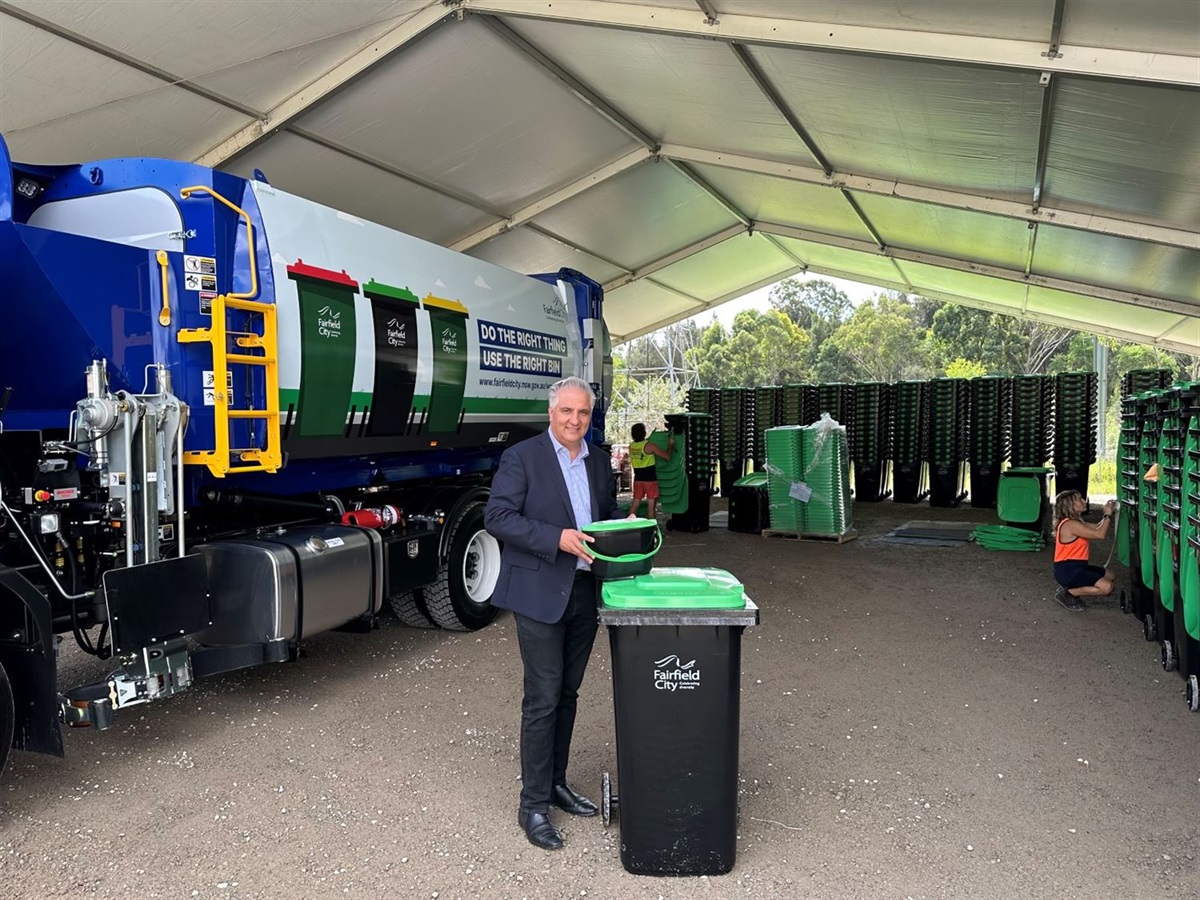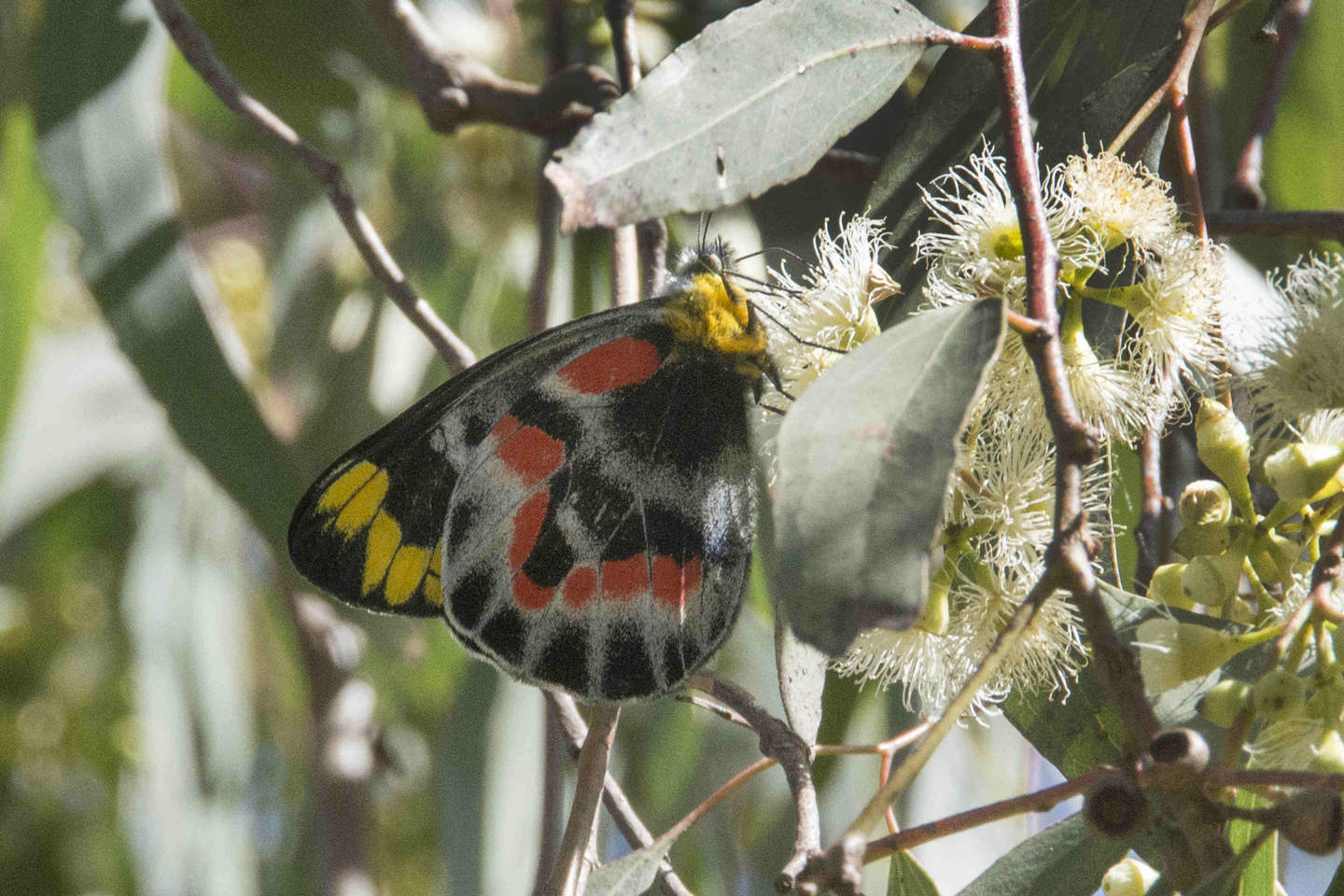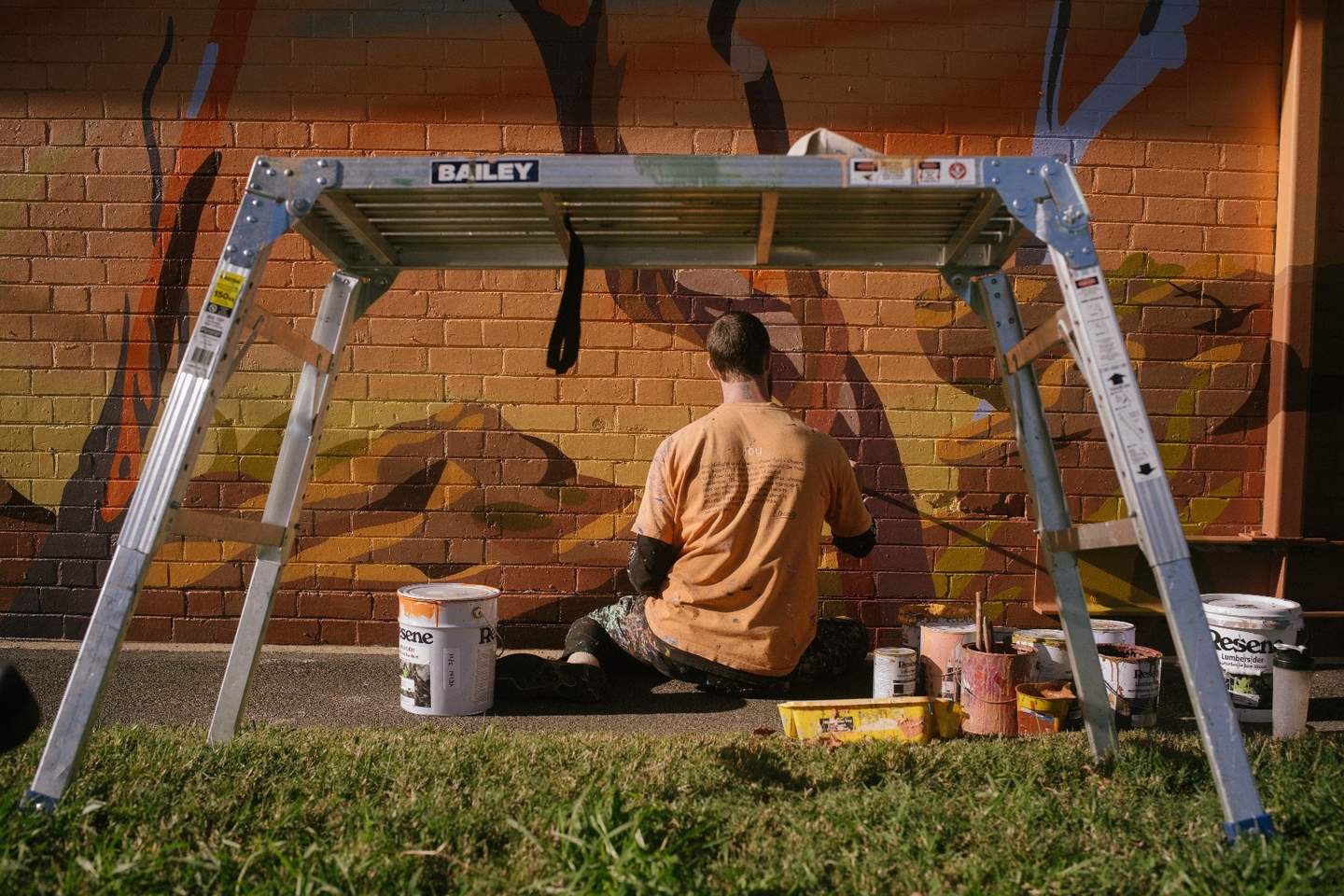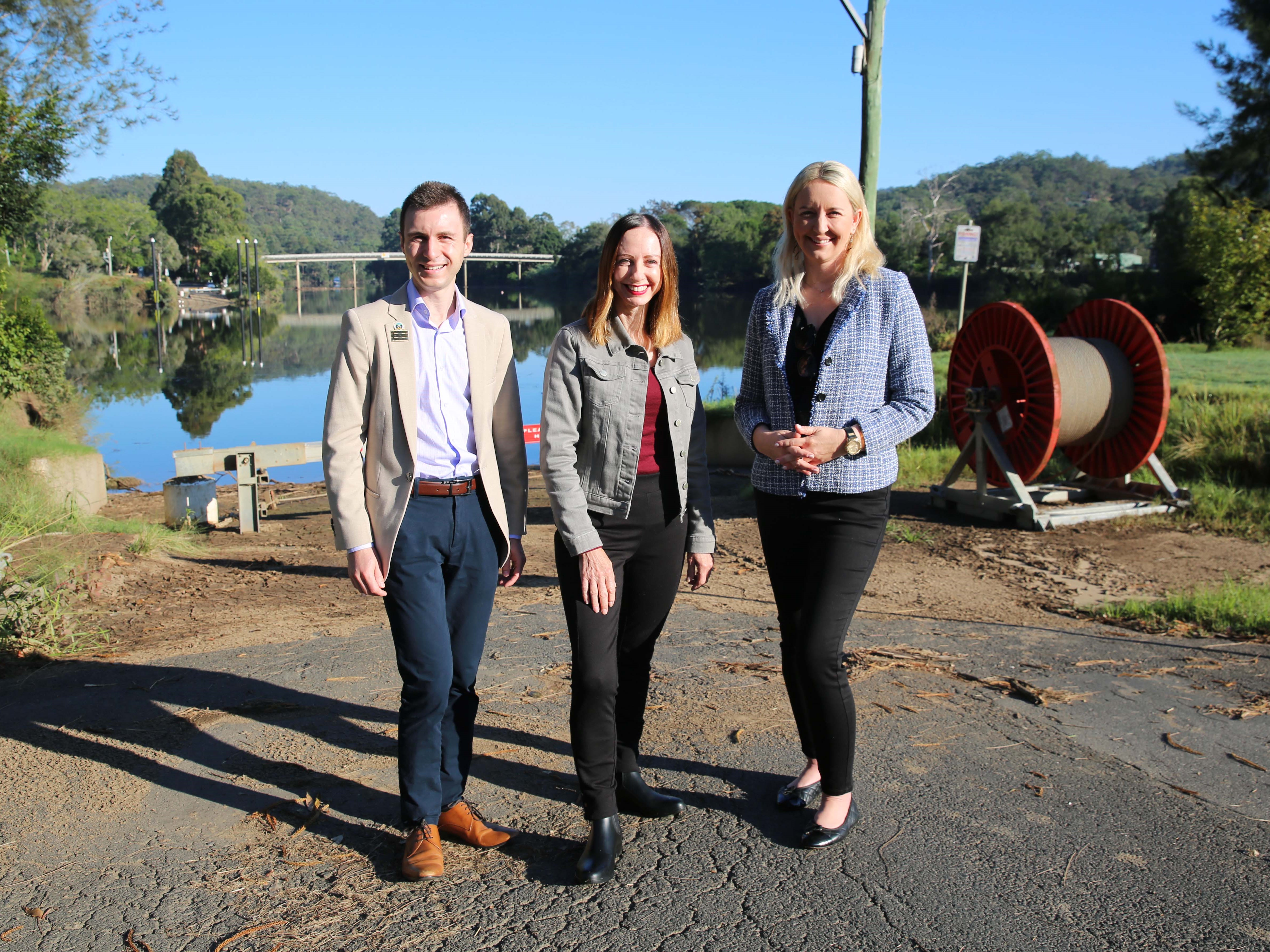Growing up can be an anxious time. Half of all adult mental health challenges emerge before the age of 14 and more than half of the children experiencing such challenges are not receiving professional help*.
Add the stress of the COVID-19 pandemic and it’s no surprise that parents, educators, health professionals and school chaplains across Australia are seeing a ripple effect in the rising numbers of children and young people experiencing mental health conditions.
Diana Clift, a therapist at Carinity Youth and Families Narangba in the Moreton Bay region north of Brisbane, supports people from areas such as Dakabin, Burpengary, Cashmere and Warner.
This is one of two Carinity child and youth counselling locations providing services for vulnerable families with children aged up to 18 years. Carinity Illoura in Beaudesert also provides counselling for vulnerable families in the same age group.
“There’s no question that there has been a rise in anxiety in the general community from COVID overload,” says Diana. “Most of us have experienced isolation, fear, frustration and sadness over the past few years. This has also impacted children from babies up to 18-year-olds – especially in vulnerable families.”

Numbers tell the story
Since the beginning of the year, Carinity Youth and Families at Narangba has experienced a substantial rise in demand for youth therapy.
“Every slot before and after school is filled up and we now have a waiting list. Parents are taking kids out of school early so they can come to counselling,” says Diana.
Counselling resources at the Narangba centre include Cognitive Behavioural Therapy; art therapy; child-centred play therapy; and psychoeducation, providing information about how the brain works and building problem-solving, communication, and coping skills.
“We offer a variety of client-centred counselling which is tailored to the needs and age of each child. The first session is with the parent and the child. We discuss their history, their goals and what positive outcomes will look like,” says Diana.
“We will then see the child on their own. It can take a while to build trust and rapport, using tools such as games to create a safe environment where children can share their thoughts and fears.”
What’s happening to me?
Understanding the physical manifestations and the roots of anxiety is at the heart of responding to the bewildering and sometimes confronting behaviour of anxious children, says Diana. It’s also essential for children themselves to understand what is happening to them.
“Kids do have lots of anxiety, especially those in vulnerable families who may have experienced or witnessed domestic violence. They worry about school and may struggle with separation anxiety and attachment issues. Children often blame themselves for the things that are happening in their lives,” Diana says.
“And kids can’t focus on learning when they are anxious. Anxiety impacts their ability to learn and they can act out in anger because they don’t know what to do with the frustration that stems from trauma and anxiety.”
Anyone who has ever suffered anxiety knows that it presents as real, uncomfortable, physical symptoms, Diana adds.
“Cortisol and adrenalin are being released. Children might complain about a tummy ache or headaches. Their brains haven’t developed enough to understand why they feel this way. They haven’t developed the ability to rationalise yet – cause and effect. They are emotion-based and get frustrated because they can’t express their needs.
“Because kids don’t know how to process these emotions, it can result in aggression and acting out. Therapy works. It provides them with psychoeducation around the brain and how it works.”
Using the tools of controlled breathing techniques, visualisation and relaxation can help children move out of a heightened state where every thought is negative.
“I encourage them to live their life in the present. To think about places where they enjoy being, and things they like to do. To think about today and the things which are in their control,” says Diana.
“A lot of children don’t know how strong they really are – and what they can do to recognise and regulate their emotions. This is one of the most satisfying things about my job – helping children to become resilient and more positive about life.”
Recognising the signs
One of the keys to successful intervention and therapy for anxious children is recognising the signs and seeking help early.
“I am passionate about equipping children and their parents or guardians with the skills to identify mental stress and how to regulate emotions,” says Diana.
It’s also about stressed parents understanding that they are not alone, she adds, and that educators, health professionals and chaplains are there to support them and help steer the family through challenges.
“Collaboration and awareness are essential. It’s working together to strengthen the family unit that will make a real and sustained difference to children,” Diana adds.
* Source: National Mental Health Commission








